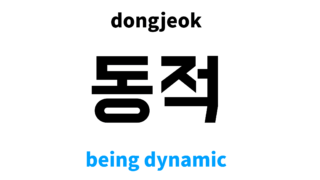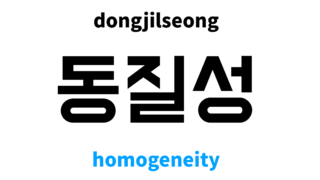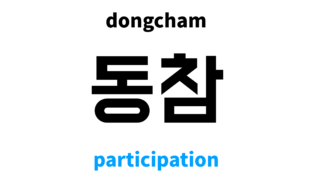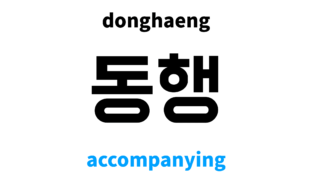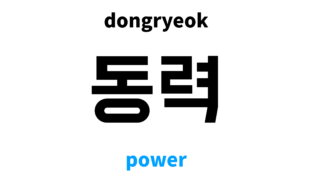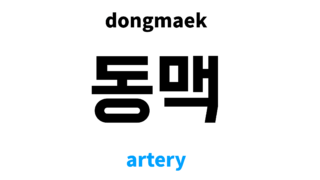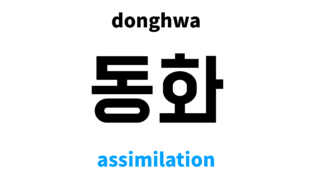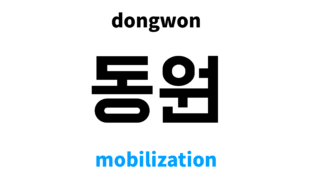 Advance ㄷ
Advance ㄷ mobilization in Korean: 동원’s meaning and pronunciation
mobilization in Korean is 동원. For examples, you can use like [군사 동원, 무기 동원]. In this post you will learn how to pronounce and use mobilization in Korean along with examples.
